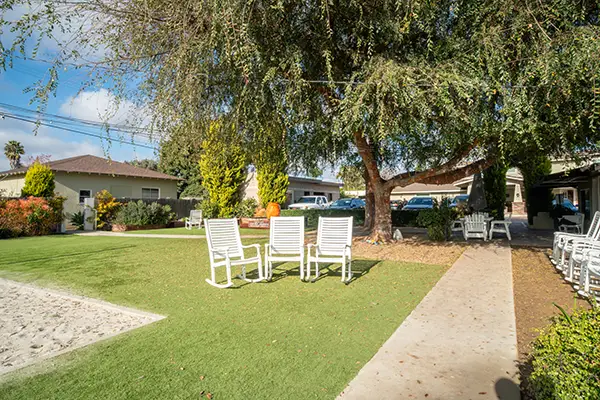 Many women who are considering entering treatment for their addiction often feel confused or even overwhelmed by the options available to them.
Many women who are considering entering treatment for their addiction often feel confused or even overwhelmed by the options available to them.
Normally, when someone’s considering outpatient rehab Orange County or drug rehab Orange County, they imagine they’ll be living on the campus of the rehab facility, going to group therapy sessions and otherwise on the premises for stretches of several weeks or more.
However, rehab programs are available in many different shapes and sizes. Here are some of the key differences between inpatient (traditional, residential) programs and the outpatient (“stay at home”) variety.
Why seek treatment?
Often, drug addictions can make you feel overwhelmed, convincing you that it’s impossible for you to find help. However, this isn’t true — the modern scientific view of drug addiction is it’s a disease or an illness, much like a physical disease. Addiction as a disease, though, mainly works on the brain’s pathways.
The main characteristics of drug addiction are feeling an intense craving to take the drug or substance, usually accompanied by types of compulsive behavior (which are intended to help you get the desired substance.) While the initial use may be voluntary, addiction leads to the brain losing its ability to stay off the drug on its own. As a result, if you suffer from a substance use disorder, you may find it all but impossible to quit using the substance unless you are able to get professional help.
Inpatient drug treatment
This kind of treatment is preferred for patients who need to take a break from the temptations of the area where they live or get a bit away from their regular lives to focus just on their sobriety. Inpatient treatment programs, which are also known as residential rehab programs, give patients a few key benefits. For example, patients who are dealing with drugs which carry with them the risk of potentially life-threatening withdrawal symptoms will benefit from a supervised detoxification period, as well as medication to help ease the symptoms and therapy for them.
Outpatient programs
Compared with inpatient rehab programs, outpatient programs in Orange County let addicts visit the rehab facility regularly to get treatment (such as therapy or counselling.) However, they are not required to spend the night at the facility. Notably, patients might undergo cognitive behavioural therapy in order to cope with or avoid the trigger situations which end up leading them to more drug use.
The key differences between outpatient and inpatient treatment
- Where you stay.It’s certainly the most visible and probably the largest difference between the program types — where you’ll be staying during treatment. Inpatient programs let you move away from the normal temptations of your current environment. Depending on the severity and type of your addiction, this alone can be crucial.By comparison, outpatient programs let you get treatment for more minor addictions, and they don’t interfere as much with your life and work.
2. Your support network.
Another key difference between inpatient and outpatient programs is who you’ll be receiving support from while you’re in treatment. An inpatient treatment program gives you the support of the facility’s healthcare staff as well as the others who are also in the program alongside you.
In an outpatient program, you’ll probably have the support of your friends and family to help drive your success forward.
3. Sobriety skills.
Both types of programs aim to teach you the skills you need to live sober long term and avoid using drugs. However, which methods you learn will depend very much on the program — inpatient programs simply have more time to teach.



